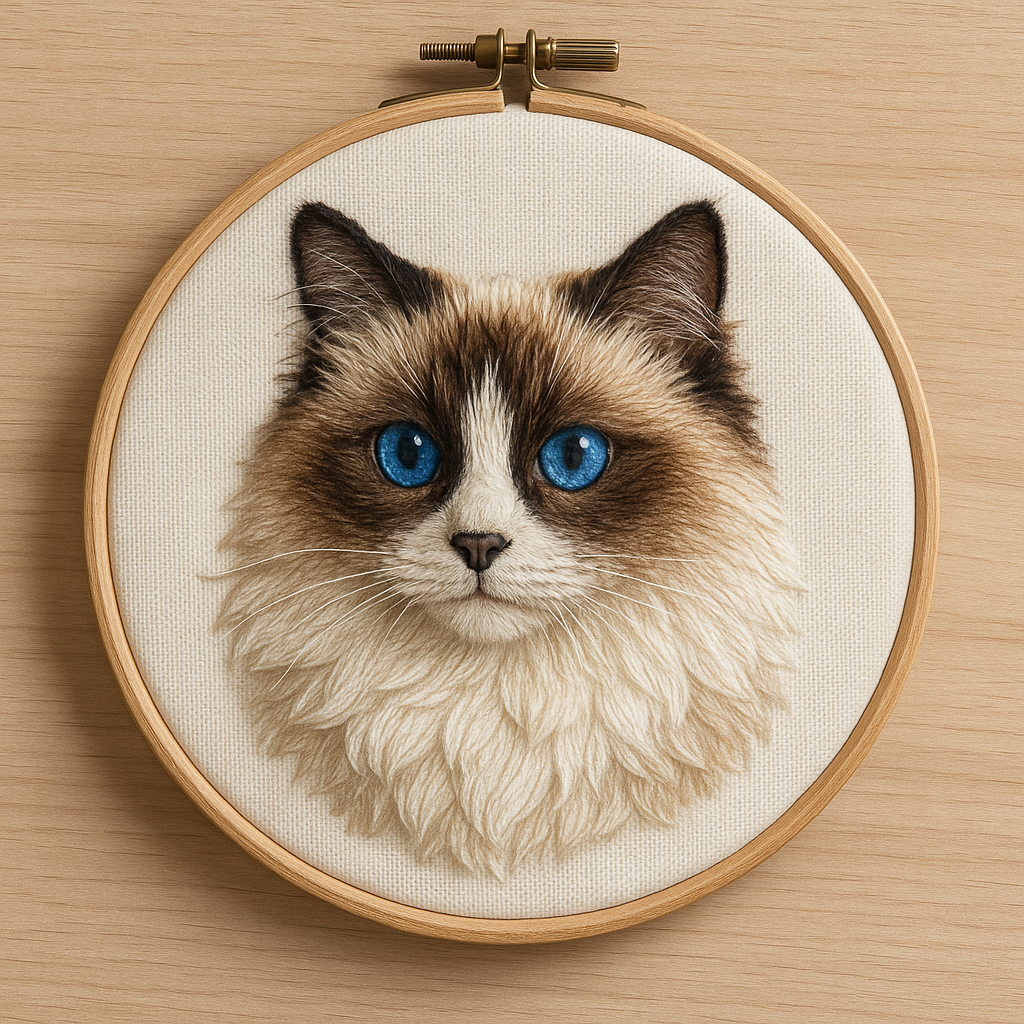Exercise: Images as Information
We’ve been working a lot with the creation and analysis of AI-generated images in controlled environments. Now, as we prepare to shift our attention from images to code, we’re going to investigate how AI imagery is already present and circulating in online communities and social spaces. This week focuses on developing your ability to identify AI-generated content “in the wild” and understanding how these images are already changing the information landscape.
Choosing Your Investigation Focus
First, select a current topic or hobby that genuinely interests you. This could be anything from home decoration, quilting, embroidery, cooking, gardening, fashion, fitness, art, gaming, or any other area where visual content plays a significant role in community sharing and discussion. The key is to choose something you have some familiarity with, as this will help you better assess what looks “normal” versus potentially artificial in that space.
For example, I spend a lot of time in textile groups, and AI embroidery is everywhere - including in patterns being sold on Etsy. An embroiderer and designer, Anne Marie Oliver, has spoken about the problem both in an interview and in a post designed to help people recognize fake embroidery. Here’s an example of the type of not-acheivable embroidery that commonly circulates (in this case, generated with OpenAI’s GPT Image 1 model):

Consider communities where people regularly share images of their work, purchases, inspiration, or tutorials. Think about spaces where visual authenticity might matter to participants, or where the ease of AI generation might be particularly tempting for content creators.
Investigating AI Presence in Online Communities
Next, spend time exploring your chosen topic across various social media platforms and online communities. Focus your investigation on platforms like:
- Instagram (hashtags, influencer accounts, community posts)
- Facebook Groups (hobby groups, buying/selling groups, advice communities)
- Pinterest (inspiration boards, DIY content)
- Reddit (relevant subreddits)
- TikTok (tutorial videos, showcases)
- Specialized forums or websites for your chosen interest
As you browse, look for images that strike you as potentially AI-generated. Images are not as obvious as they used to be, so consider how AI might be specifically used (or misused) in your chosen community. Are people using AI to create inspiration images? To fake completed projects? To generate tutorial content? To create product mockups? Document at least three images that either clearly appear to be AI-generated or are sparking debate among viewers about their authenticity.
Try using Claude Sonnet 4.5 (the latest release discussed in this week’s video) to analyze the images, asking specifically if it is AI-generated: this imitates the functionality of the AI “detection” tools currently beeing widely marketed.
Discussion
Your discussion post should include your three flagged images along with your analysis of each one. Provide context about the community you investigated, what drew you to suspect these images were AI-generated, and any community responses you observed. Connect your findings to this week’s readings from the news about current examples of AI usage raising concerns. Consider how your investigation reveals the changing relationship between human creativity, digital tools, and online trust.